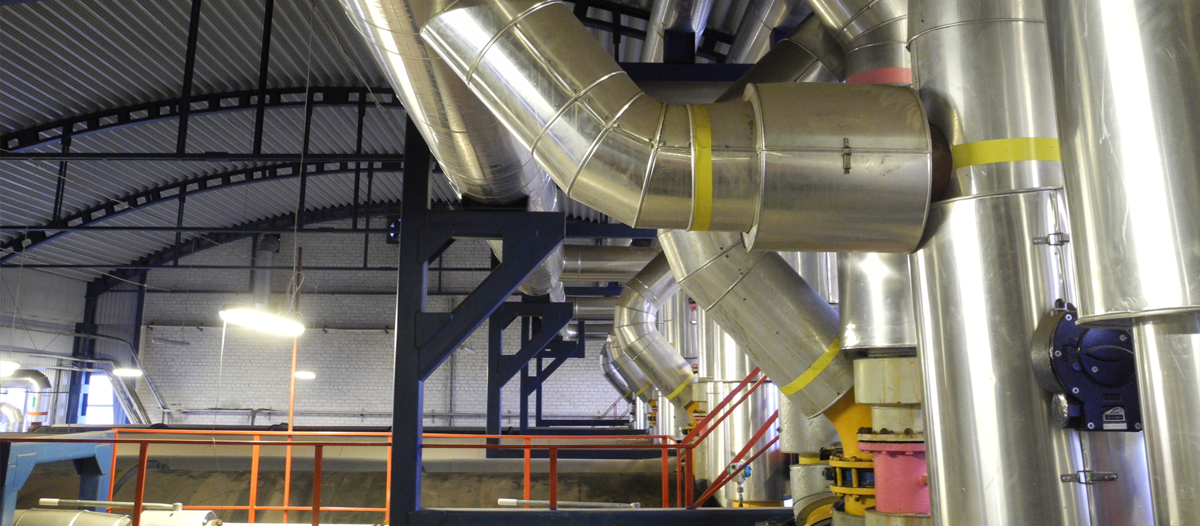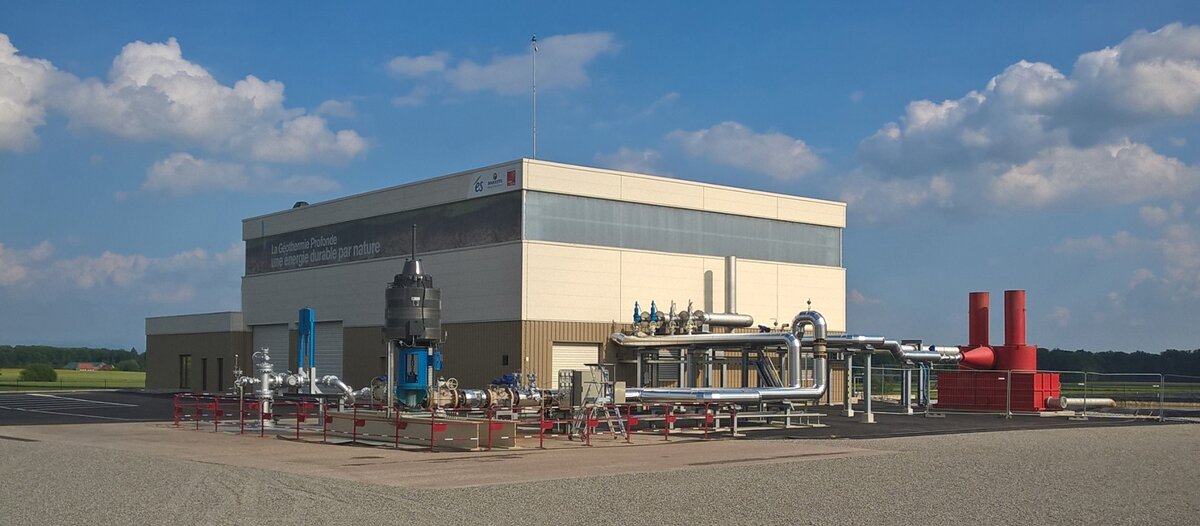News

Final General Assembly in Delft
The DESTRESS community met for the last general assembly hosted by TU Delft in late January. The aim of the gathering was to consolidate DESTRESS results, lessons learned, and reaming tasks to tackle. In an interactive poster session, important contributions were discussed and particularly insightful presentations awarded. In addition, in preparation for the WGC2020 in April 2020 and the DESTRESS final conference in November 2020, key issues and findings of the project were collected and jointly discussed at seven round tables
The following topics were discussed:
- Management of geothermal projects - aspects in relation between project actors and site owners
- Techno-economic evaluation of geothermal heat and power plants
- Management of chemical and seismic risks during soft stimulation
- Combined hydraulic-thermal-chemical treatments
- Hydraulic stimulation concepts
- Safe chemical and hydraulic stimulation in geothermal
- Communication in the context of geothermal projects
A variety of presentation formats including scientific publications and a booklet will be made available to allow interested stakeholders access to all DESTRESS results.

Stimulation in Geldinganes
WP5's stimulation treatment in order to demonstrate cyclic soft stimulation is now ready to start in the well RV-43 in Geldinganes near Reykjavik, Iceland. Operational work starts with reaming / cleaning the well and a subsequent borehole logging. The stimulation begins with temperature and caliper logs followed by a borehole televiewer for inspection of potential intervals to set the packers since the proposed stimulation treatment includes zonal isolation of reservoirs sections followed by a multi-stage stimulation.
The seismic monitoring system was completely installed in August 2019 in cooperation with Reykjavik Energy (OR), GFZ and ETH and has since been in operation. The monitoring system includes several surface stations and the installation of GFZ’s geophone chain in a neighbouring well. The network is operated by ISOR. The traffic light system (TLS) was set up together with OR; in parallel, an advanced version (ATLS) was installed by ETH Zürich and will be adjusted with new incoming data from the stimulation stages.
In total, it is planned to stimulate 3 stages from the bottom of the well (ca. 1700 m), a mid interval (1300 m) and the upper interval (1100 m) with a straddle packer system. Each stimulation treatment is scheduled for approx. 4 days and includes flow back after each treatment.
In the end, an airlift test is scheduled to quantify the success of the whole stimulation campaign.
New article on harmonic pulse testing published
A new article titeled "Harmonic Pulse Testing for Well Monitoring: Application to a Fractured Geothermal Reservoir" was published in Water Resources Research by DESTRESS WP 5. It discusses Harmonic Pulse Testing (HPT) that aims to determine well and formation parameters such as wellbore storage, skin, permeability, and boundaries within the investigated volume. The advantage is that it does not require the interruption of well and reservoir injection/production before and/or during the test because it allows the extraction of an interpretable periodic signal from measured pressure potentially affected by interference. This makes it an ideal monitoring tool. Find out more about HPT in the article.

Pohang commission publishes lessons learned
The international commission, which analyzed the magnitude 5.5 Pohang earthquake, comes to an unequivocal conclusion: the nearby geothermal project has caused the damaging event through stimulations at borehole PX2. After having delivered a detailed report at hand of the South Korean government, the commission published a comprehensive summary in Science including lessons learned.
Access the Science paper “Managing injection-induced seismic risks”
Welcome to DESTRESS
DESTRESS stands for a promising and future-oriented approach to demonstrate soft stimulation methods of EGS. We focus on solutions for the exploitation of underground heat which are economical, sustainable and environmentally responsible. Co-funded by the EU, we contribute to the European energy strategy, which targets renewable energy, greenhouse gas reduction and energy efficiency. The primarily objective of DESTRESS is to develop a comprehensive compilation of good practices for successful geothermal projects through demonstration and research.
Events
20. - 22.01.2020 in Delft, The Netherlands
Final DESTRESS General Assembly
27.04. - 01.05.2020 in Reykjavik, Iceland
World Geothermal Congress WGC








